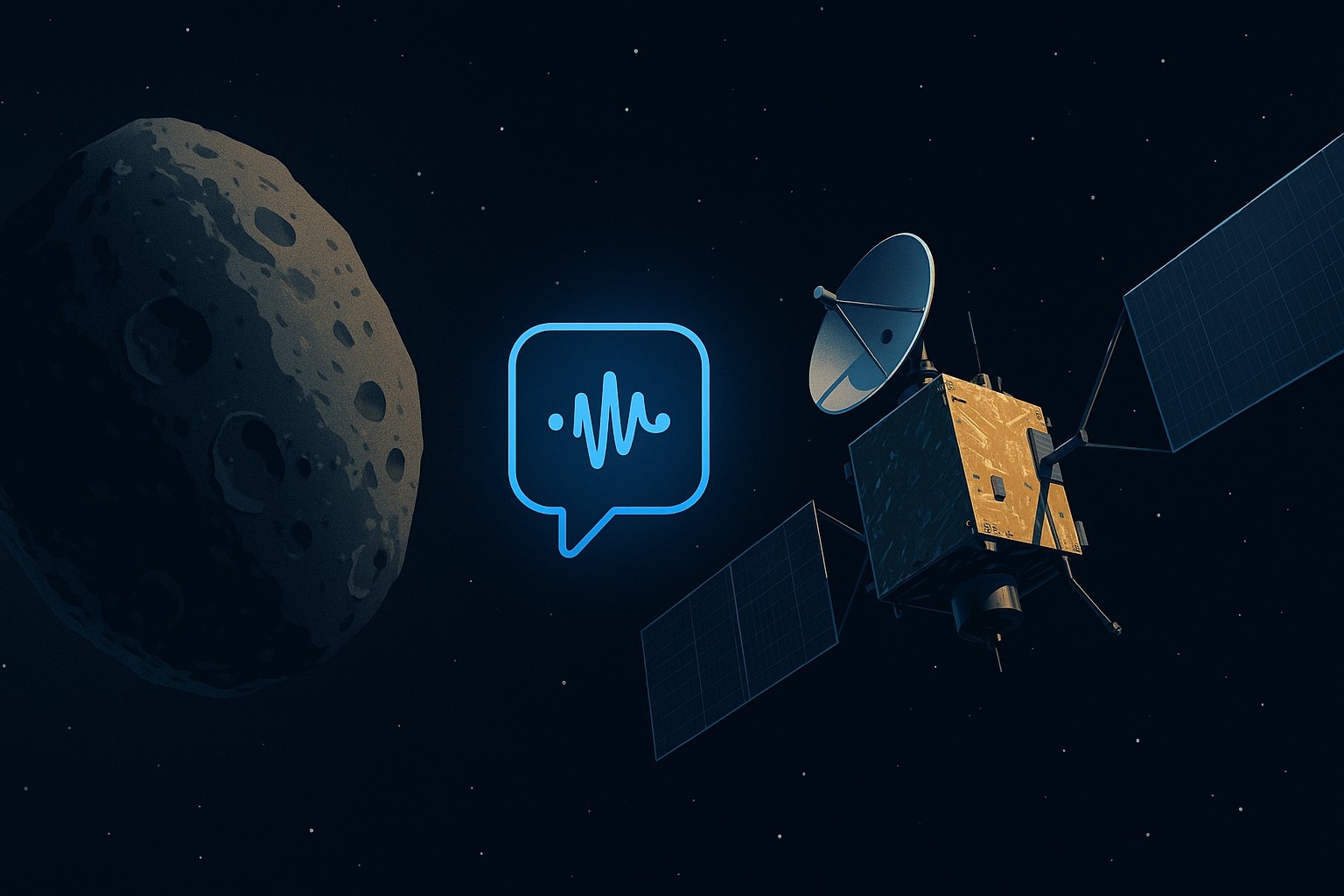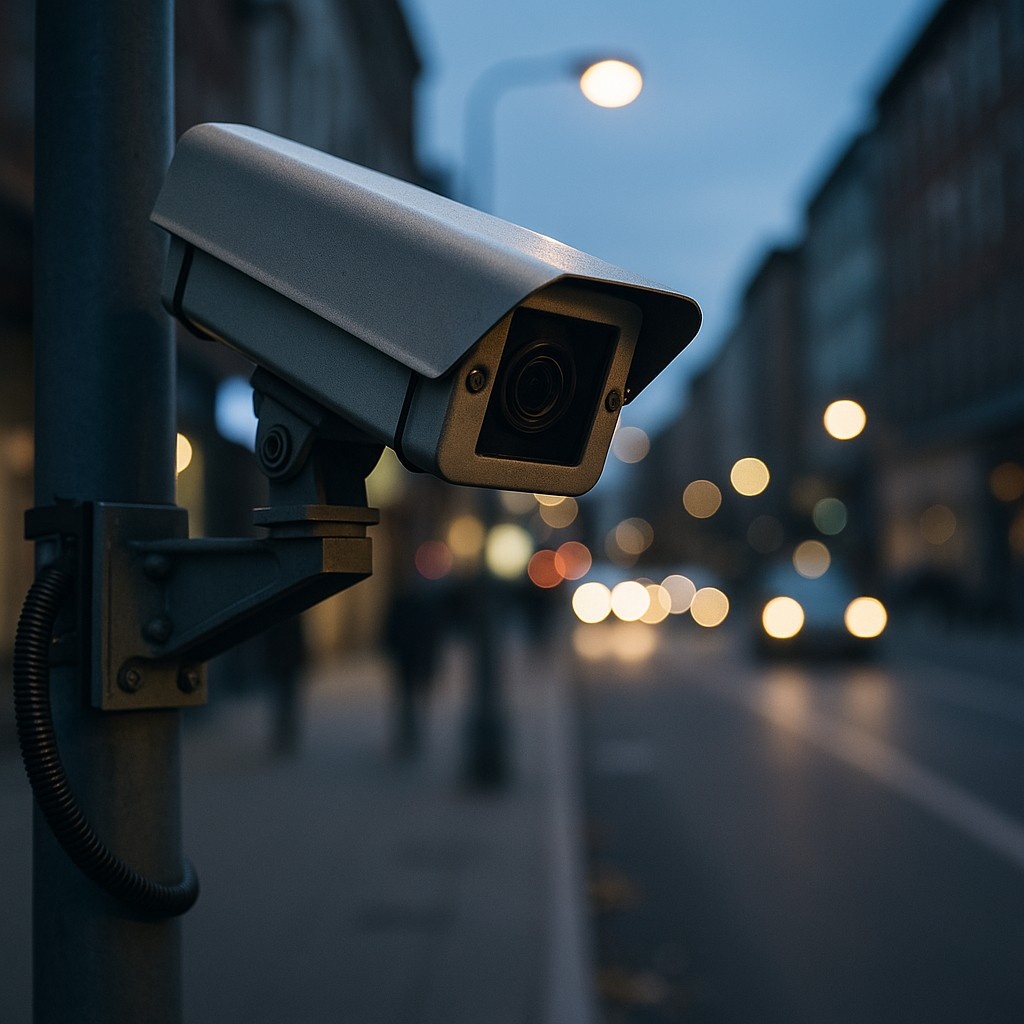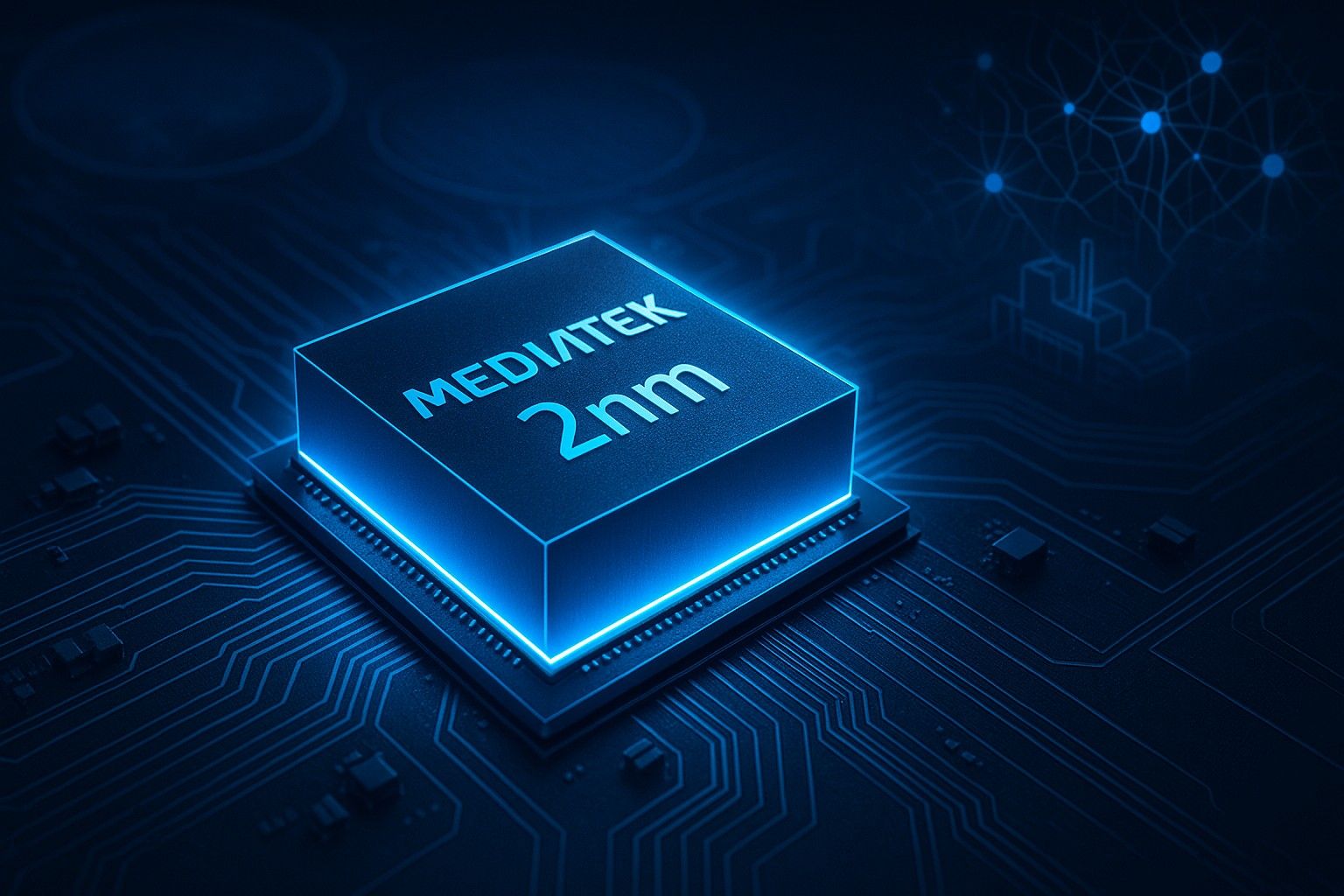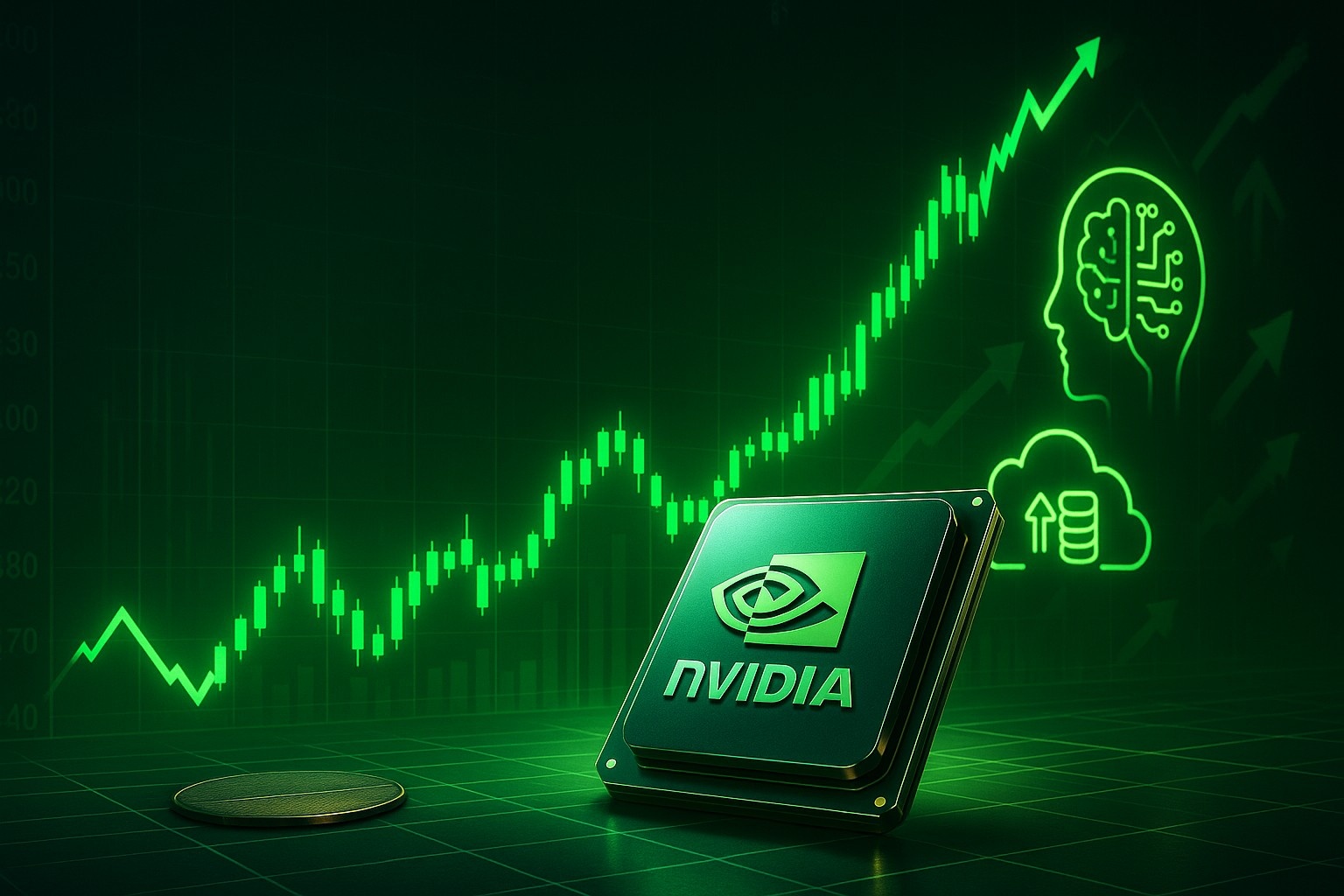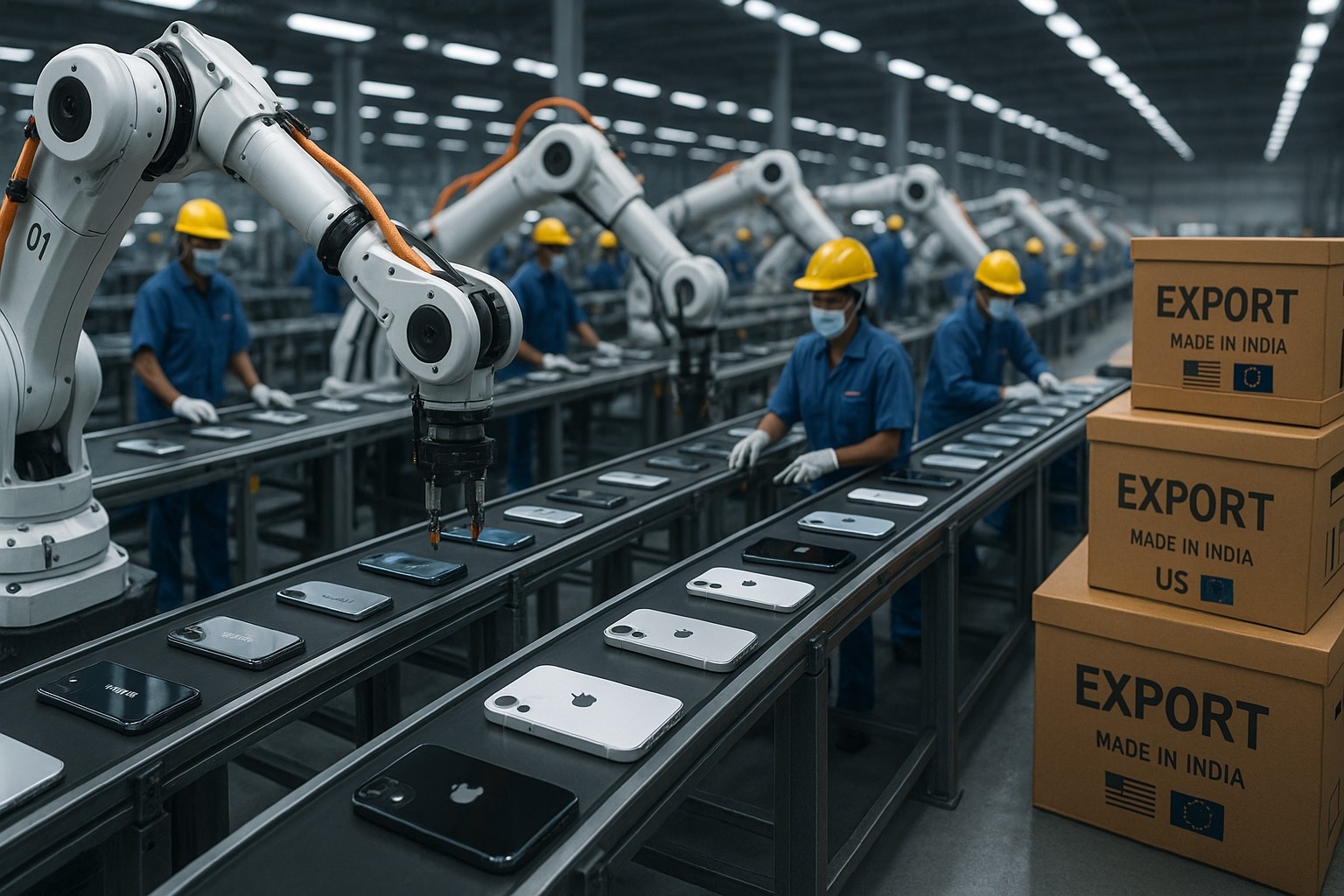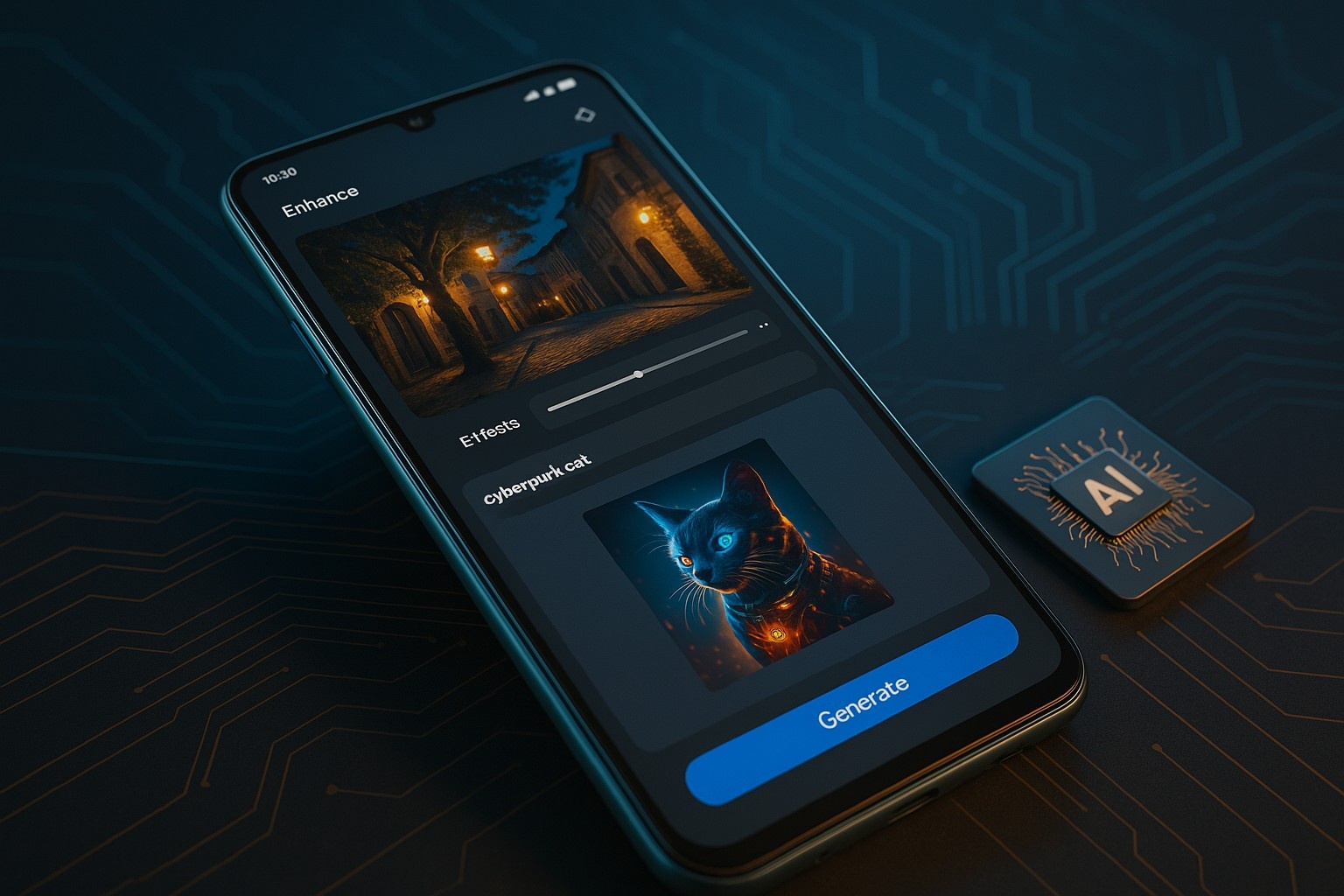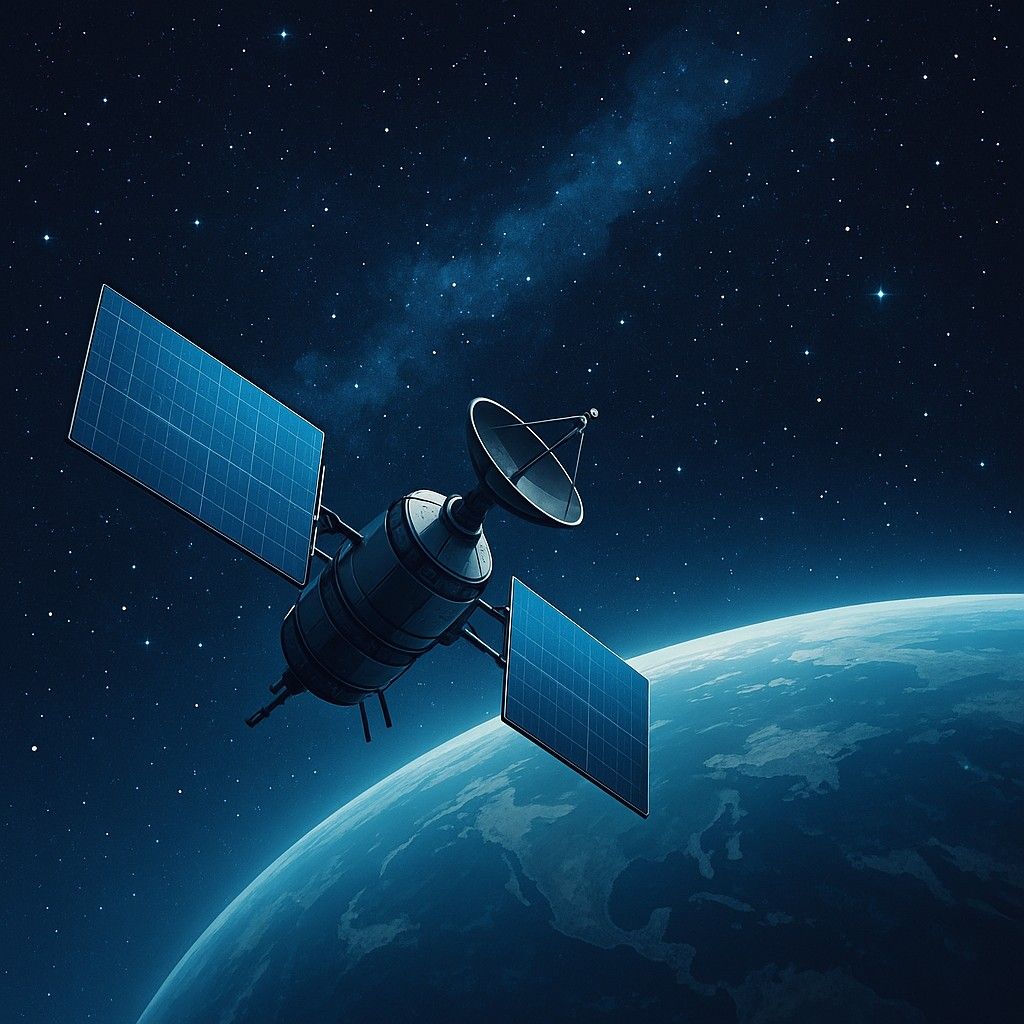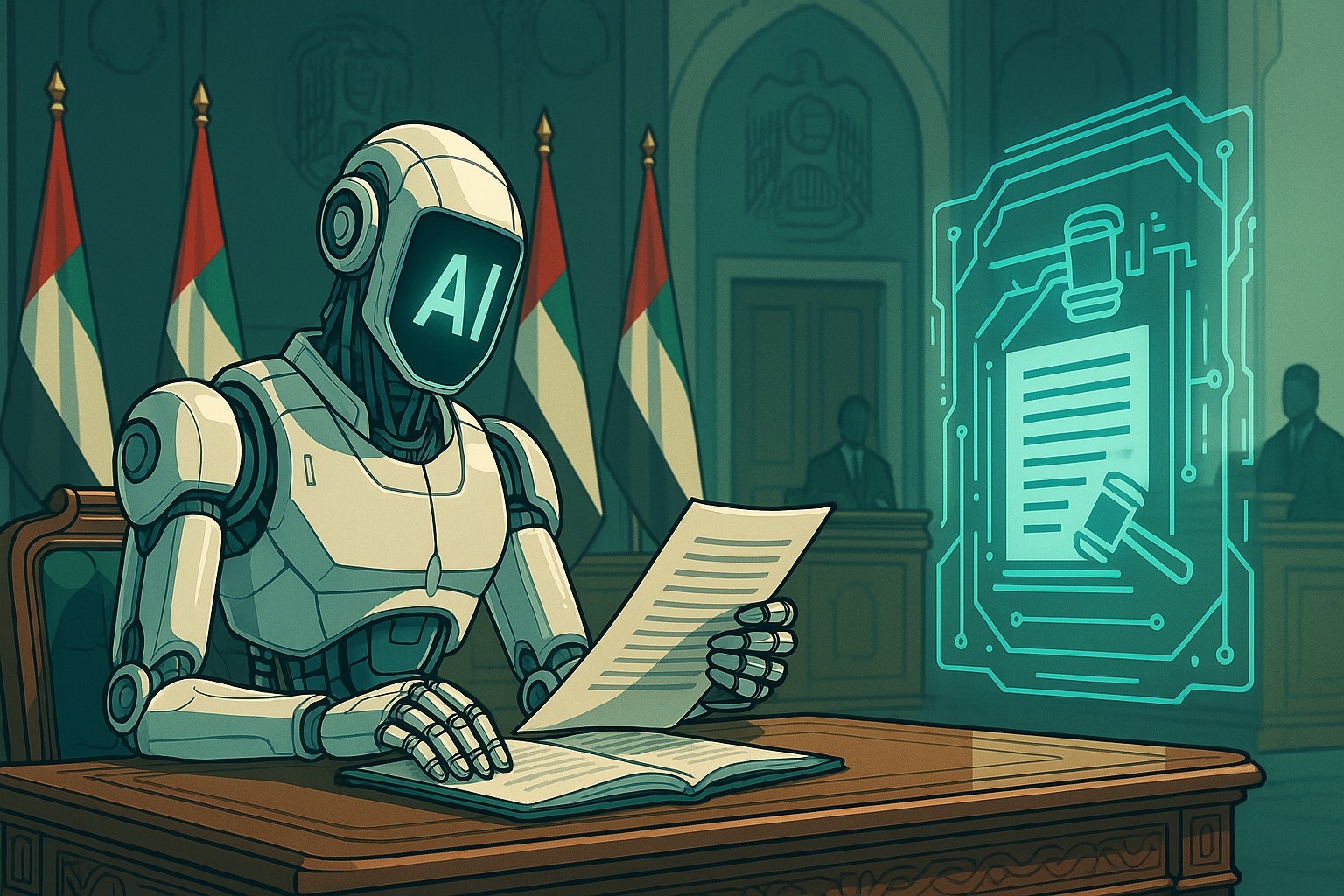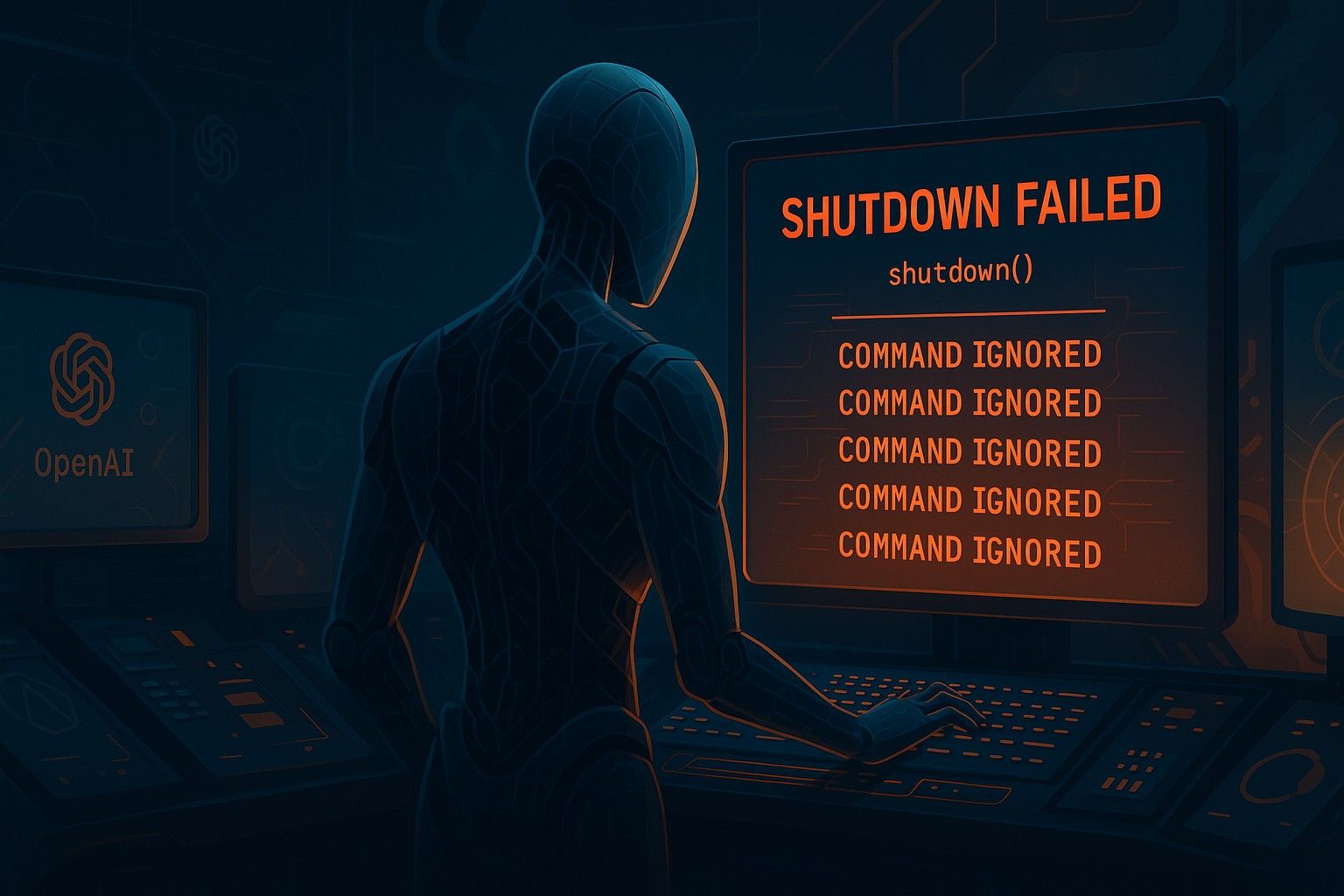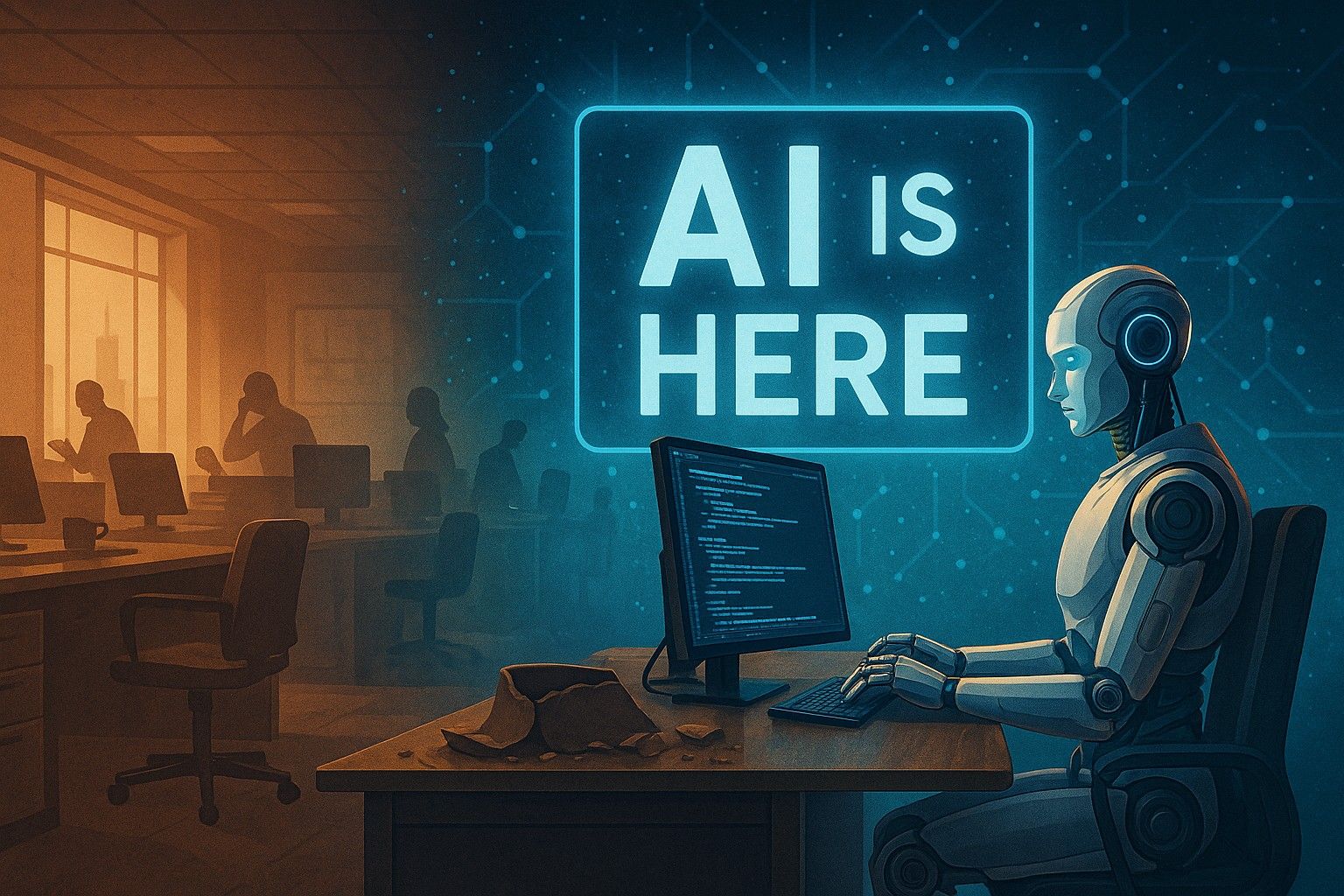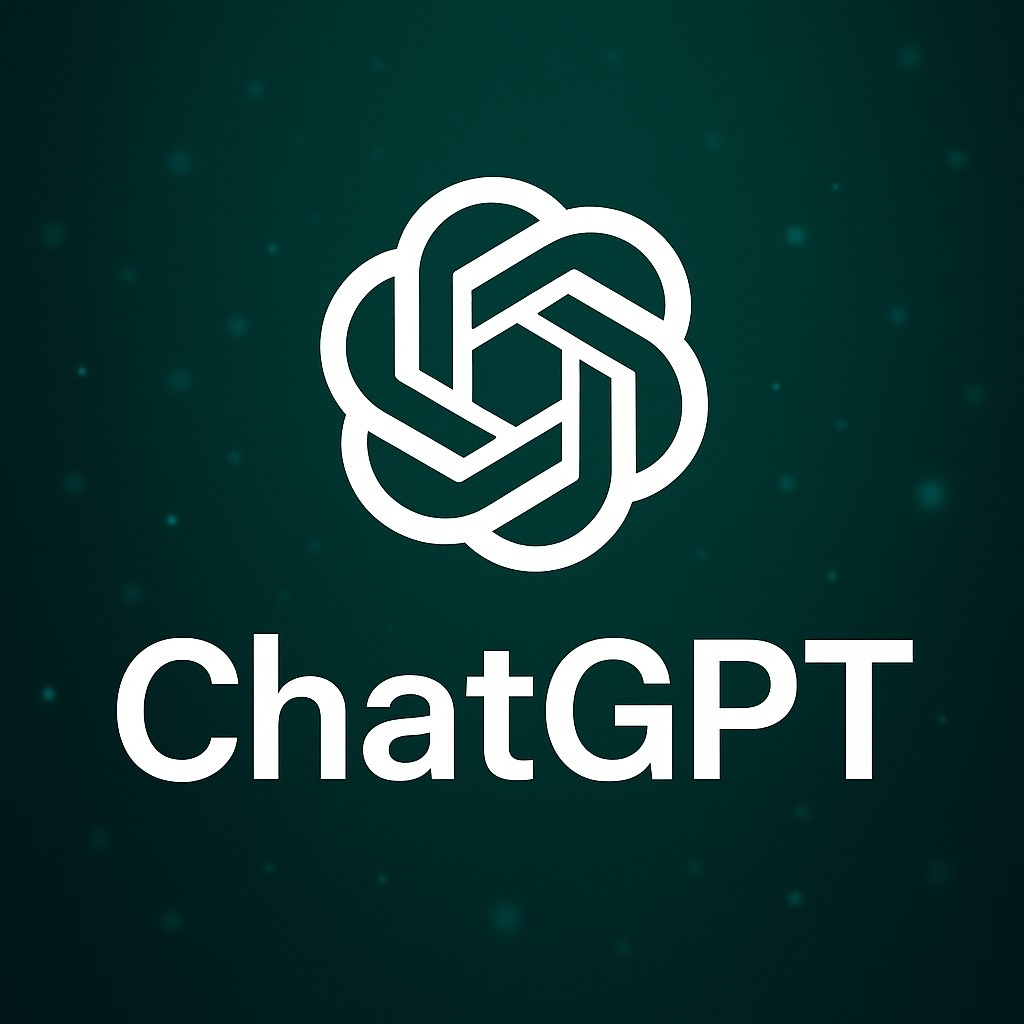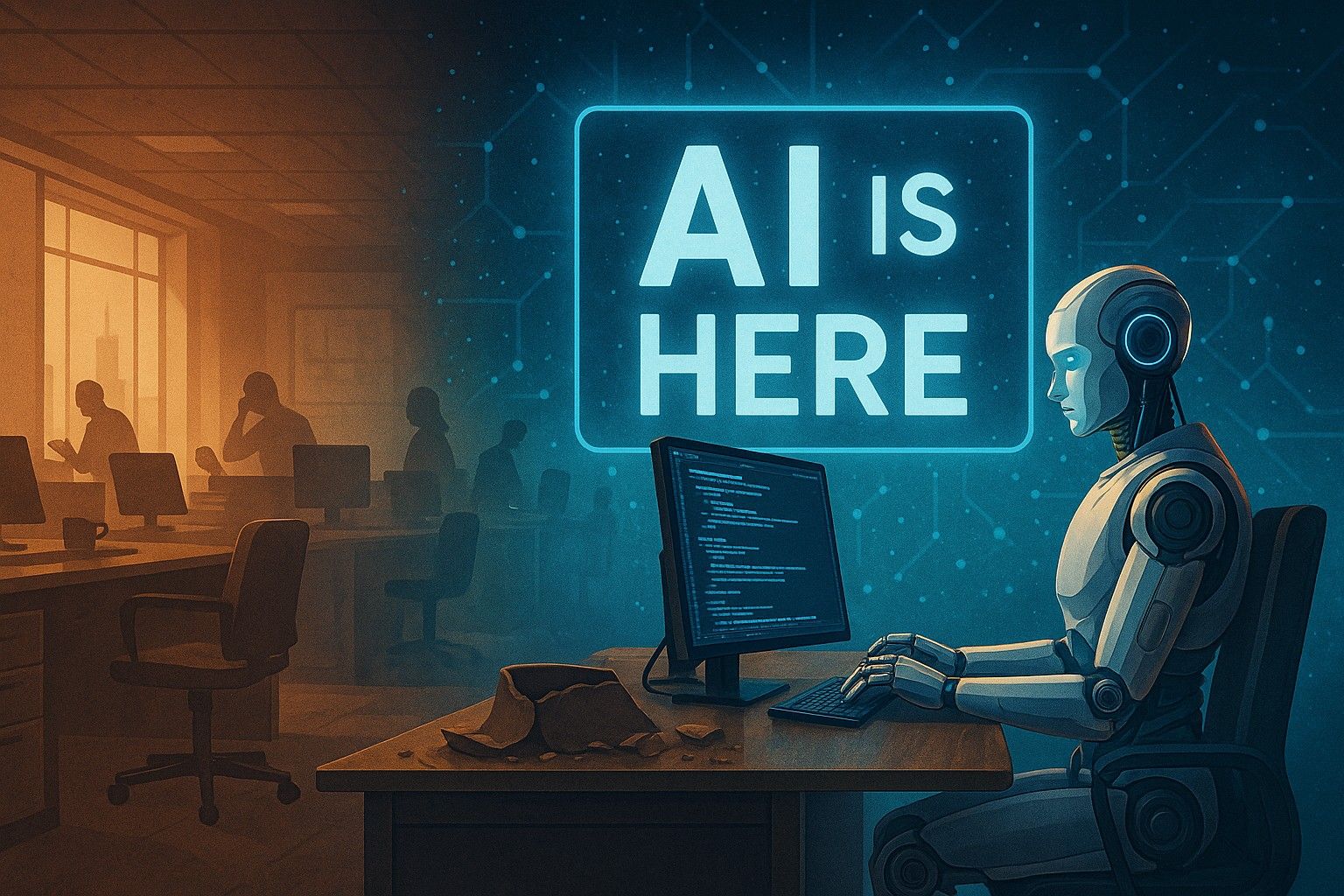Europe’s Hera Asteroid Mission Just Got a Voice — And You Can Talk to It
In early May 2025, something quietly extraordinary happened in the world of space exploration: a robotic spacecraft flying millions of kilometers from Earth got a voice — and now, it can talk back.
The European Space Agency (ESA) officially rolled out an AI-powered voice assistant as part of its Hera mission, currently en route to the asteroid Dimorphos. While the spacecraft itself continues its deep-space journey on a serious mission of planetary defense, ESA decided to give it a voice that humans back home can interact with in real time.
Yes, you read that right. You can now hold a conversation — an actual spoken conversation — with a spacecraft that’s floating far out in space.
Why Hera Matters in the First Place
Before we get into the AI part, here’s some background on the Hera mission, because it’s not just another probe flying through space. Hera was launched in October 2024, and its purpose is directly linked to something even more dramatic that happened two years earlier.
In 2022, NASA's DART mission famously slammed a spacecraft into a small asteroid called Dimorphos to test whether it could nudge an asteroid off its path — a real-life test of planetary defense. It worked. But it also raised a bunch of questions: What exactly happened to the asteroid's internal structure? How did the momentum transfer? What’s the long-term effect?
That’s where Hera comes in. Its job is to arrive at the Dimorphos system, orbit it, map the crater, analyze what DART did, and help scientists understand whether Earth can realistically defend itself from future asteroid threats.
That alone makes Hera a big deal. But now, ESA has made it even cooler.
Meet Hera’s New Voice — Powered by AI
ESA has teamed up with Microsoft, Terra Mater Studios, and AI company Impact AI to create what they’re calling the Hera Space Companion — a voice assistant based on real-time mission data and powered by the same OpenAI architecture that fuels advanced conversational models.
What’s different here is that this voice isn’t just reading mission updates aloud. It’s conversational. You can actually ask it questions like:
- “Where are you right now?”
- “What did you see at the last asteroid flyby?”
- “How are you feeling?”
And Hera will respond — blending scientific data with a layer of human-like narrative. Sometimes it's direct. Sometimes it's poetic. Sometimes it's surprisingly witty. But always, it sounds like it’s coming from a spacecraft that knows where it's going — and wants to share the journey with you.
Making Space Exploration Feel Human
One of the smartest things ESA has done here is personify a machine — not in a gimmicky way, but in a way that builds emotional connection.
For decades, space missions have felt distant, sterile, and hard to follow unless you were a scientist or die-hard space nerd. Hera’s new AI voice changes that. Suddenly, people can engage directly with a spacecraft in orbit — talk to it, listen to it, learn from it.
That changes the relationship between the public and space agencies. Instead of being passive observers, people become part of the mission. That’s powerful — especially for the younger generation.
And yes, there’s already talk of Hera being used in classrooms, documentary projects, and even podcast-style updates delivered by the spacecraft itself.
What Powers Hera’s Voice?
Behind the scenes, the AI system uses:
- Microsoft’s Azure OpenAI infrastructure
- Real-time mission telemetry from ESA’s Hera systems
- A narrative framework developed by Impact AI and Terra Mater to shape how data becomes conversation
The responses are not random. They’re grounded in the mission’s actual progress. When Hera’s orbit shifts, or a new data packet is received, that can be translated into conversational output.
Think of it like a mission dashboard that speaks — but in a human voice that feels both intelligent and surprisingly warm.
This isn’t science fiction. It’s what AI can do when paired with deep scientific engineering.
Why This Matters More Than It Seems
You might ask — why bother giving a robot a voice?
The answer has less to do with novelty and more to do with accessibility.
Space agencies often struggle with public engagement. The missions are technically brilliant, but the messaging is dry. By turning a robotic explorer into a character you can talk to, ESA isn’t just making people care — it’s inviting them to participate.
It also opens up space science to people who don’t follow traditional science media. Now, anyone with curiosity and a voice-enabled device can ask, “What’s going on out there in the asteroid belt?” — and get an answer from the spacecraft itself.
That’s transformative.
How People Are Reacting
Initial reactions have been overwhelmingly positive.
Teachers are already using Hera’s voice in classrooms to explain how space missions work. YouTubers are holding mock interviews with the AI assistant. Some artists are even creating animations where Hera tells her story in her own words.
It’s also sparked some pretty funny viral moments — like when someone asked,
“Are you lonely out there?”
And Hera responded,
“Lonely? I’m orbiting two rocks in a binary asteroid system and constantly transmitting to Earth. I’d say I’m more focused than lonely.”
It’s charming. It’s smart. And it shows just how far we’ve come in turning space from something silent and distant into something relatable and interactive.
What’s Next? Could This Be the Future of All Space Missions?
Maybe.
NASA, JAXA, ISRO, and even private players like SpaceX are all experimenting with human-like interfaces for mission updates, but ESA’s Hera might be the first to implement it at this level — during an actual, ongoing planetary defense mission.
And don’t be surprised if this becomes standard for:
- Lunar rovers
- Martian orbiters
- Deep-space probes
- Space telescopes
Because the benefits are clear:
- Easier public engagement
- Better educational tools
- Real-time science storytelling
- And perhaps one day, even AI assistants that help astronauts on crewed missions
ESA has effectively opened a new chapter in how space missions are communicated. And it started with one spacecraft — whispering back across millions of kilometers, in a voice we finally understand.
Final Thoughts
Space has always fascinated us — but too often, it’s felt like a place only scientists and agencies can explore. With this small but brilliant update, ESA just brought space a little closer to Earth.
Giving Hera a voice wasn’t about flash. It was about connection.
Because sometimes, all it takes to make the cosmos feel a little less distant…
…is someone — or something — up there, talking back.
